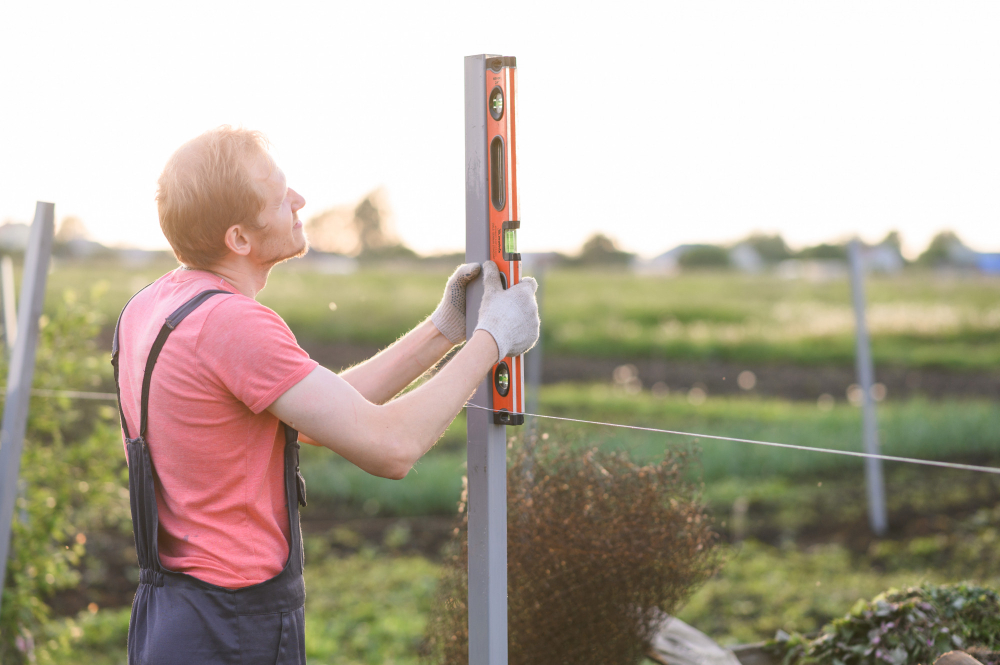How To Measure For Your DIY Fence

Creating the perfect boundary for your property with a DIY fence brings immense satisfaction and a touch of personal flair to your land. Whether you're a homeowner looking to enhance your garden's privacy or a business owner securing your property, measuring correctly is a crucial step toward building your dream fence.
As you prepare your DIY fence project, remember that local fence companies in Jacksonville, FL, such as Masters Quality Fence, are ready to provide professional advice and services. Let's break down the steps to ensure accurate measurements for your fencing endeavors.
Understanding the Stakes
Before embarking on your DIY fence project, know why precise measurements are so important. A fence that's too short leaves gaps, compromising privacy and security. Conversely, a fence that's too long can lead to unnecessary expenses and trimming down excess materials.
Precision avoids these pitfalls, ensuring your fence figuratively—and literally—stands its ground without issue. Here’s how you secure that accuracy.
Measuring Tips for Your DIY Fence
With the Right Tools in Hand
Ensure you have all necessary tools ready:
- Tape measure (at least 100 feet long)
- Wooden stakes
- String
- Small sledgehammer or mallet
- Notepad and pen/pencil
- A helper (optional, but highly recommended)
Visualize with a Site Plan
Sketch a rough layout of your property. Include any pre-existing structures, significant landscaping, and proposed fence lines. This will be your blueprint as you physically measure the space.
Mark Your Corners
Start by placing wooden stakes at every corner or where your fence will change direction. These points are critical in determining the shape and design of your fencing.
Measure the Perimeter
Using your tape measure, determine the distance between each corner stake. Record these measurements systematically, ensuring each corresponds with your site plan.
Account for Obstacles
Identify obstacles such as trees, signs, or rocks. Decide whether to remove them, work around them, or incorporate them into your fence design. Take measurements accordingly.
Additional Tips
- Always double-check measurements before purchasing materials.
- If your fence will enclose a shape other than a rectangle or square, break the perimeter into smaller, manageable sections.
- Consider burying the bottom of your fence into the ground to prevent gaps and deter burrowing animals.
Conclusion – Fence Companies in Jacksonville, FL
A DIY fence requires careful planning, but the satisfaction of building something lasting with your own two hands is invaluable. Following these steps will ensure that your own efforts are well laid out and executed.
If at any stage you seek expert guidance or need to consult for materials and installation, don't hesitate to connect with one of the knowledgeable fence companies in Jacksonville, FL. Masters Quality Fence proudly stands ready to assist you in bringing your fencing project to life seamlessly. Contact them today to get a free quote and benefit from their expertise! Remember, preparation paves the way to success for your DIY fence project. Measure twice, build once, and enjoy the fulfillment of a job well done, ensuring your property's beauty and security for years to come.